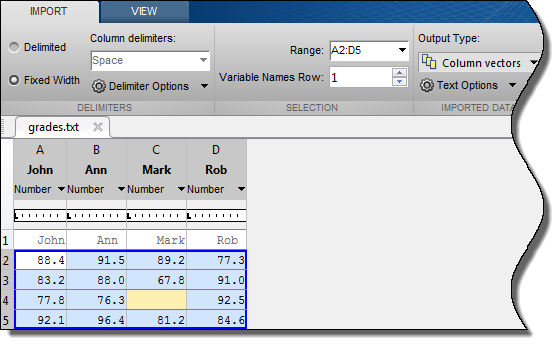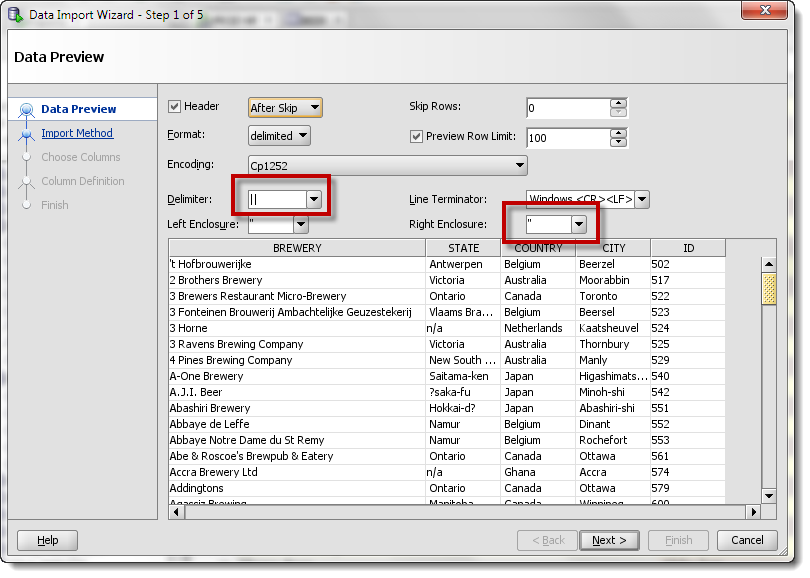


Fill out the form and choose the XFDF button. This could be ideal if you want to store people's responses on a server in the form of XML. It's the XML version of the Forms Data Format (FDF). The only link with XML is that you can import/export such a form in the XFDF format, which is a spec that is referred to in ISO-32000-1. I have described how to create such a form using Open Office in chapter 6 of my book (see section 6.3.5). Suppose that you need more lines, you won't be able to fit them all into the form. Suppose that you need less lines, you'll have a number of unused fields that will remain visible. If you have a form representing an invoice, then such a form could provide 20 invoice lines. In AcroForm-based forms, the form is described using PDF syntax, and every field has fixed coordinates. There are two "flavors" of forms in PDF: AcroForm-based and XFA forms. I'm not affiliated with Adobe, Open Office, etc. I'm a member of the NBN, which is the Belgian Office for Standards (including ISO-32000 and related PDF standards). Addendum (see comment): I'm the CEO of the iText Software Group, the original developer of iText (an open source PDF library), and the author of two 'iText in Action' books published by Manning.


 0 kommentar(er)
0 kommentar(er)
